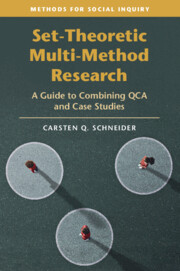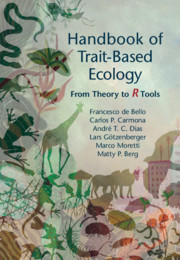There is an ever-larger need for designing an integrated weed management (IWM) program largely because of the increase in glyphosate-resistant weeds, not only in the United States but also worldwide. An IWM program involves a combination of various methods (cultural, mechanical, biological, genetic, and chemical) for effective and economical weed control (Swanton and Weise 1991). One of the first steps in designing an IWM program is to identify the critical period for weed control (CPWC), defined as a period in the crop growth cycle during which weeds must be controlled to prevent crop yield losses (Zimdahl 1988).



